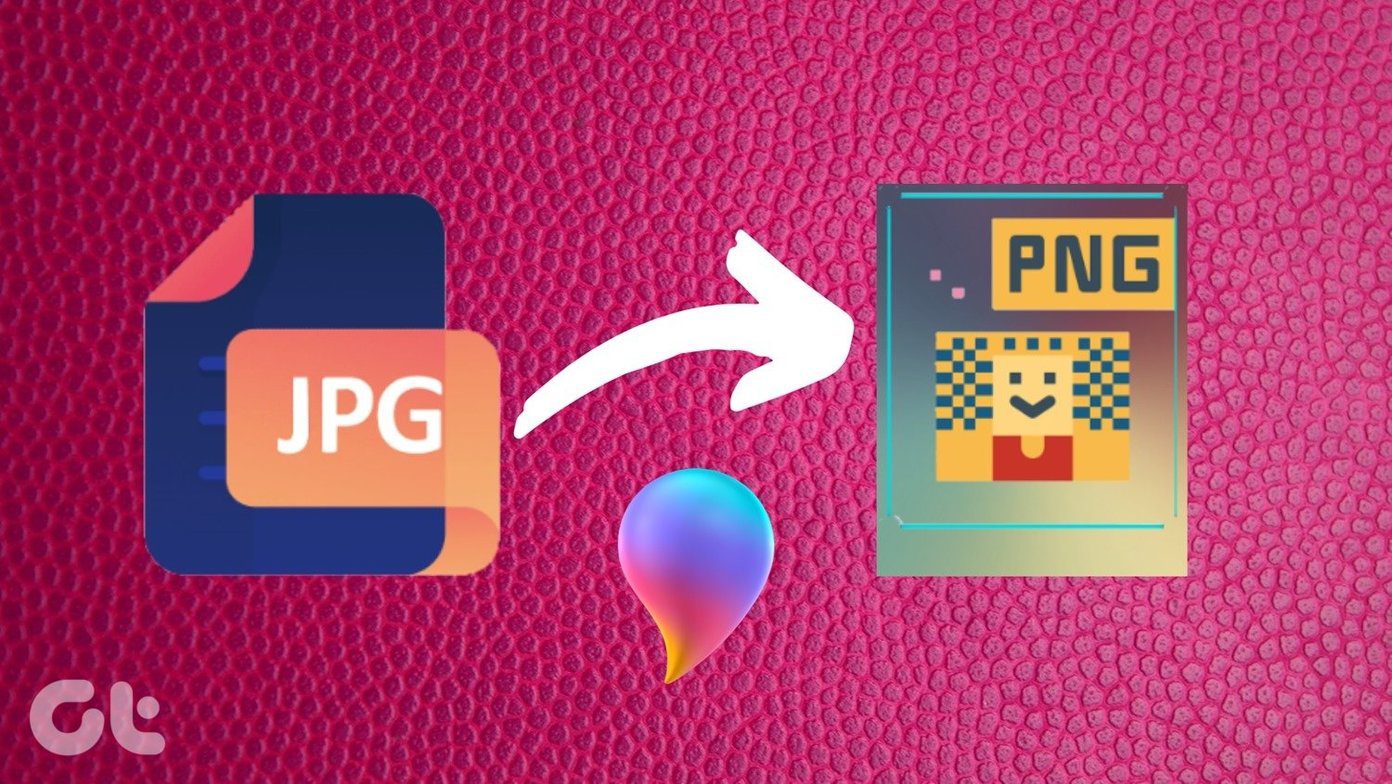Be it a file download or a streaming video, certain types of activity can slow things down to a crawl. So, can you do anything about it aside from installing browser extensions or using a download manager? If you are on Chrome, then yes! Thanks to the web development tools that Google’s browser comes bundled with by default, you can easily create readily deployable network throttling profiles to actively manage your downloads. And even better, you can also choose to manage the speeds of each and every tab individually. Sounds awesome, right?
Creating Custom Network Profiles
Chrome’s web development tools, dubbed DevTools, are a bunch of insanely powerful configuration options that help developers test out websites under various simulated situations — including differing network conditions. Hence, these tools provide some neat capabilities when it comes to managing download speeds with the use of network throttling profiles. Fortunately, you don’t need to have any advanced knowledge to mess around with the DevTools for the task at hand. So, let’s dive right in! Step 1: Open the Chrome menu, point to More Tools, and then click Developer Tools. You should now see the DevTools panel load either to the right or to the bottom of the window. Step 2: Click the vertical Ellipsis icon — three dots — to the upper-right corner of the DevTools panel. On the drop-down menu, select Settings. Step 3: Click the Throttling side-tab. You should now be on the Network Throttling Profiles screen. To start creating a custom profile, click the Add Custom Profile button. Step 4: Specify a download speed limit in kilobits per second (kb/s) using the box under Download. Choose to insert a value into the Upload box only if you want to limit the rate of upload — otherwise, leave it intact. Also, make sure to not allocate a value exceeding the maximum bandwidth of your internet connection. If you are confused, check out this neat conversion tool to learn more about deciphering your connection speed. Finally, insert a profile name. Preferably, name it with something that reflects the download speed of the profile since that allows for easier identification when switching between profiles later on. To complete adding a profile, click Add. The above screenshot shows three profiles labeled Slow, Medium, and Fast, added with speeds of 100, 500, and 1,000 kb/s respectively. After creating your network profiles, click the ‘x’-shaped icon to the upper-right corner to exit the DevTools pane. You can always come to this screen to add new profiles or modify existing ones.
Custom Profiles In Action
Now that you’ve created one or more custom profiles, let’s see how you can actually use it in practice when it comes to downloading a file. The procedure should also work fine on video streaming sites with auto-adjustable playback resolutions such as YouTube. Step 1: Open a new tab, and then get to the webpage from where you want to initiate the download. DON’T start the download just yet. Next, bring up the DevTools panel, and then click the Online option to the top of the DevTools menu bar. You should now see a drop-down menu, along with your list of custom profiles. Select your preferred throttling profile. Step 2: Initiate the download. The screenshot below shows an NVIDIA display driver with a file size of 493MB downloading at 12.8 KB/s — which is around one-eights of 100 kb/s — as specified by the throttling profile. If you’ve already created multiple custom profiles, you can readily switch between them and the download should adjust accordingly! Applying the Fast custom profile with a maximum download limit of 1,000 KB/s has sped up the download speed considerably!
A Few Things to Keep In Mind
In practice, the DevTools are a little tricky to deal with. Like you already found out, you have to apply a custom profile BEFORE performing a download, which is something that you really need to keep in mind. Also, there are a few additional considerations to take into account. Therefore, go through the list below to find out what you can or shouldn’t do with the DevTools and your custom profiles.
Tabs Are Isolated
Chrome’s DevTools only affects the tab that it is loaded onto. Which means that you can work on other tabs without any adverse effects imposed by a slow network throttling profile. Hence, this brings about a host of benefits when it comes to massive downloads that can otherwise hog all bandwidth for considerable amounts of time.
Don’t Exit DevTools
Do not exit the DevTools pane in the middle of a download. Doing so causes Chrome to revert to its default network profile, which prompts any ongoing downloads related to the tab to kick up to normal speed automatically. And to make matters worse, you can’t apply a custom profile at the middle of a download either.
Switching Profiles
Do not switch to Chrome’s default Online profile. While you can readily switch between custom profiles, switching to the default profile causes all downloads to resume at normal speed and is irreversible. Of course, you can choose to re-apply a custom profile and re-initiate the download, but why waste time in the first place?
Dealing with Multiple Sites
You can choose to apply custom networking profiles to as many tabs as you want. Know that you need to keep a running instance of the DevTools panel open on each respective tab for the duration of each download.
When Streaming Videos
When streaming videos, make sure to apply the profile before initiating playback. However, certain videos may not load at all on a slow network profile if the video hosting site doesn’t adjust the resolution automatically, depending on connection speed.
Some Control Sure Feels Good
Chrome’s built-in download capabilities are bare-bones at best, but with some custom throttling profiles at hand, you can have a lot of control over your downloads — or even when streaming videos for that matter. You may find the entire procedure a little confusing at first, but it does tend to get easier after messing around with a few downloads. So, any suggestions or tips? The comments section is right below. The above article may contain affiliate links which help support Guiding Tech. However, it does not affect our editorial integrity. The content remains unbiased and authentic.




















